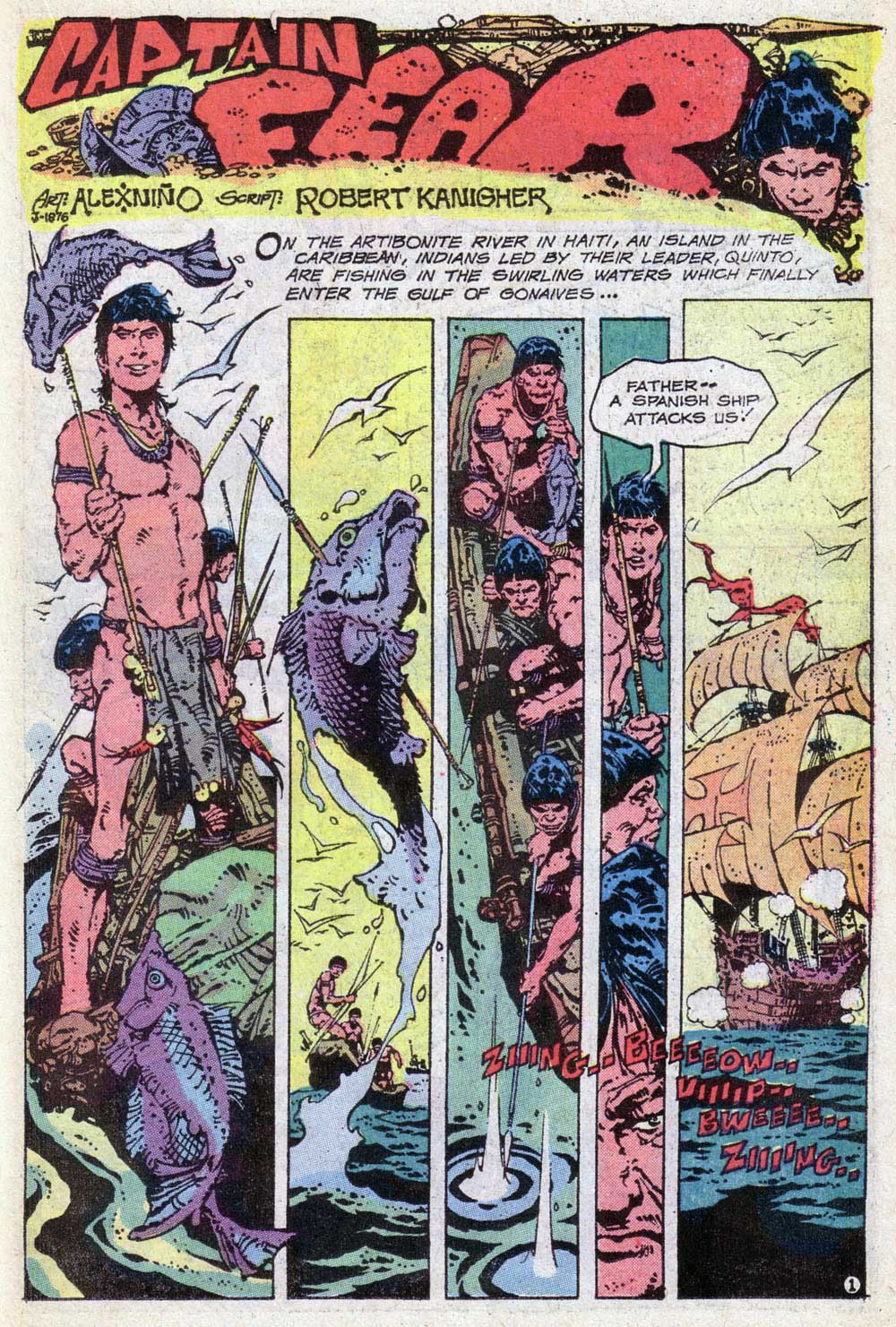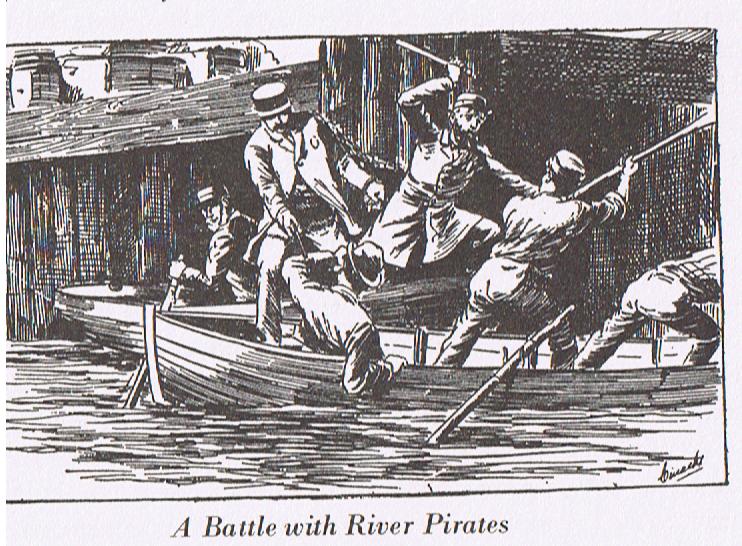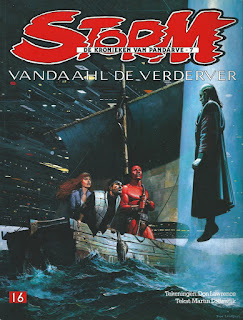Our 5e Land of Azurth came continued last night, with a new player: the daughter of two or regulars. Her character, Bellmorae the Dragonkin Sorcerer, joins the party after their visit to the benevolent Frog Temple. The party means to find out how this dark future came to be, and thinks that The Clockwork Princess, if she still is in the castle, may be able to give them the answers they need.
Find the castle isn't difficult. He tends me be crab-walking a wobbly orbit around the ruins of Rivertown. Getting in his a little bit more difficult. They fly up to the courtyard and find the palace doors replaced with an industrial metal one with a mechanical face (that looks something like the Princess) at its center. The face's eyes scan each party member who approaches and demands a pass code. When it scans Dagmar, it declares her a "maker" and allows her to reset the pass code. Inside, the party finds the entry area and throne room replaced with the gigantic gears that power the legs.
Down one hall is a furnace and engine room. Automata shovel coal into a magically warded boiler, where eyes like a void in the white-hot flame watch them. A voice from the fire claims to a prince that was drawn into this cold world and trapped here, asks or demands they free him. The party does not.
Elsewhere they find the elevator shaft empty and blocked 3 floors up. In the turret around the stairwell, 3 scruffy, gray gnome-like creatures behave like lunatics in an asylum. The party initially plans to avoid them, but with no other exits is forced to engage them in conversation. The think the creatures are perhaps the debased descendants of the gnomes that worked for the Princess in years past.
The madness of the gnomes prohibits meaningful dialogue. Waylon attempts to charm the one they appears to be their leader. The spell fails, and the enraged creature attacks. The party makes short work of the six of them, though they all managed to deliver nonsensical last words as they die. They have nothing of value in their possession.
The party climbs the spiral stair, slowly becoming aware of a curious and unsettling background hum or droning...
2 hours ago

























































